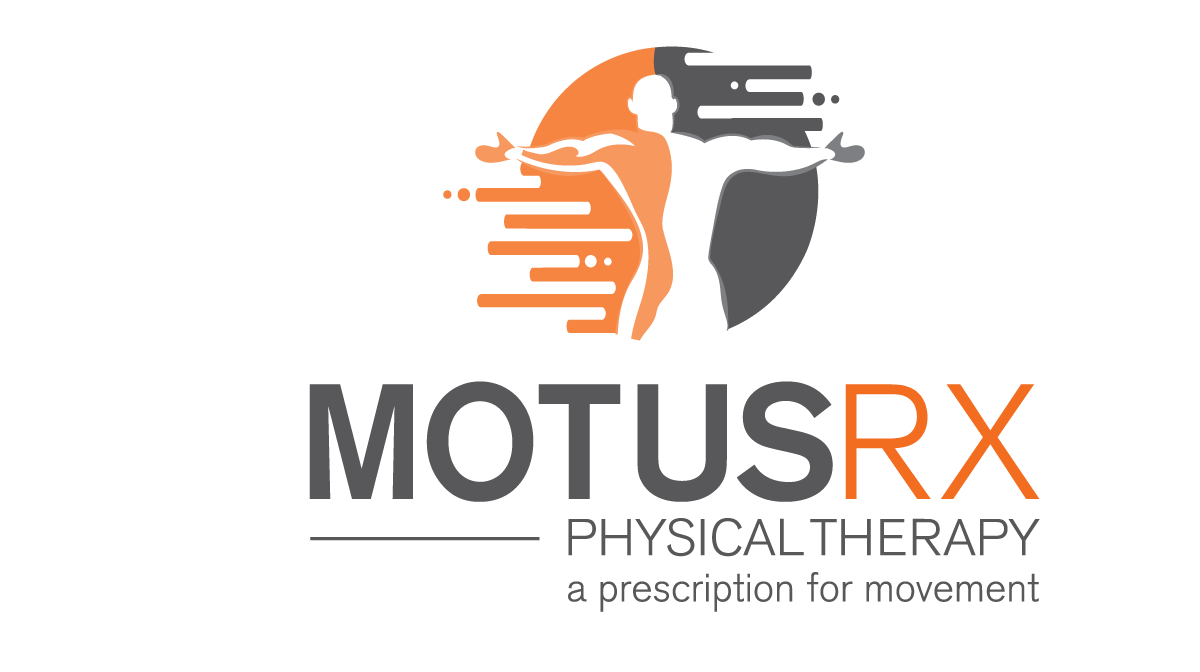4 Key Zones Of Mobility For The Golf Swing
This can get a little bit scientific, but just to kind of give you an idea of why this framework makes sense to me here is a brief overview. There are certain areas of the body, which are going to help us rotationally more than others. Since golf is more of a rotational sport, we want the zones that are really, really ideal for rotating to do their job well. If those areas don't do their job well, if we don't take advantage of those areas that were designed to rotate well, if we don't have that good rotation, or if we don't take advantage of that rotation, IT MAKES THE GOLF SWING TOUGHER.
Neck Mobility For The Golf Swing
All in all, the upper neck, kind of closer to the upper half of the neck, where it attaches to the head, that's a rotational, and ideally, mobile joint.
Shoulder Mobility For The Golf Swing
The shoulders are a ball and socket joint. We should just by design have really fairly good range of motion in our shoulders and be able to take advantage of that that range of motion.
Thoracic Spine Mobility For The Golf Swing
The thoracic spine, which is the mid-spine, is what the ribs attach to and where many of various segments are. Due to breathing and some other bodily functions, the thoracic spine is also a good area of opportunity to be mobile as it typically has good rotation and side bend.
Hip Mobility For The Golf Swing
The hips, just like the shoulders, are ball and socket joints. It is crucial to keep those puppies as mobile as possible and keep those joints active in rotating. We'll find for the golf swing that often a lot of our male amateurs’ hips are a problematic area. I would make the argument because we start the golf swing from the ground up that the hips can be prioritized for a lot of individuals if they don't have it.
EXTRA CREDIT: Ankle Mobility For The Golf Swing
And then just for extra credit, we talked a little about the ankles. The ankles are so important because they are that first hinge joint or semi hinge joint that makes contact with the ground. If we have stiffness and are rigidity in the ankles, you can imagine how that might translate its way up. A lot of times, if we don't have mobility in the ankles, it's going to lead us to losing our golf posture quite easily.
What next?
If this resonated with you, be sure to check out our FREE book to learn more about the golf swing or visit our corresponding YouTube video to hear Dr. Eric discuss more about the 4 Key Zones Of Mobility For The Golf Swing.
